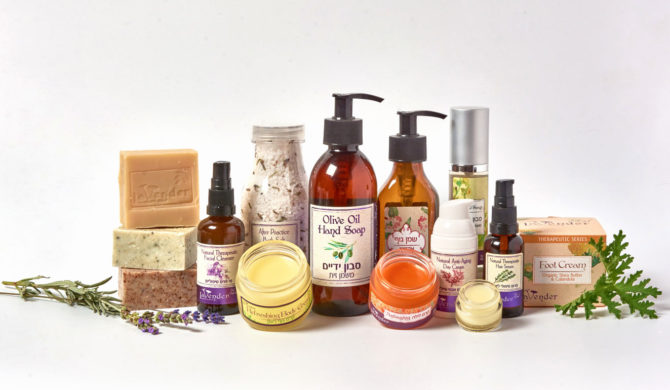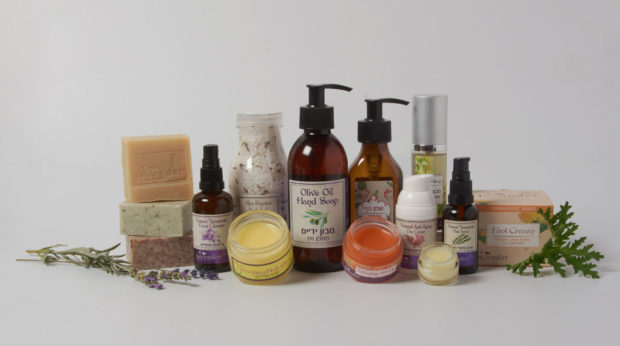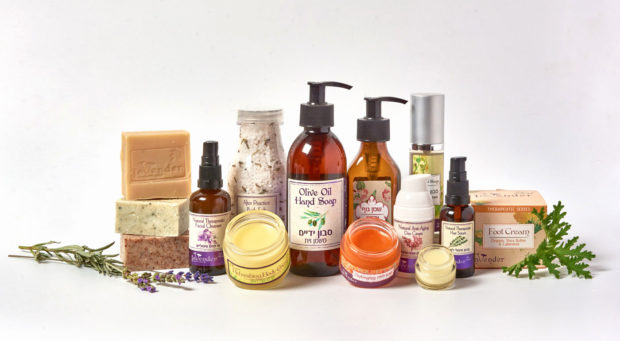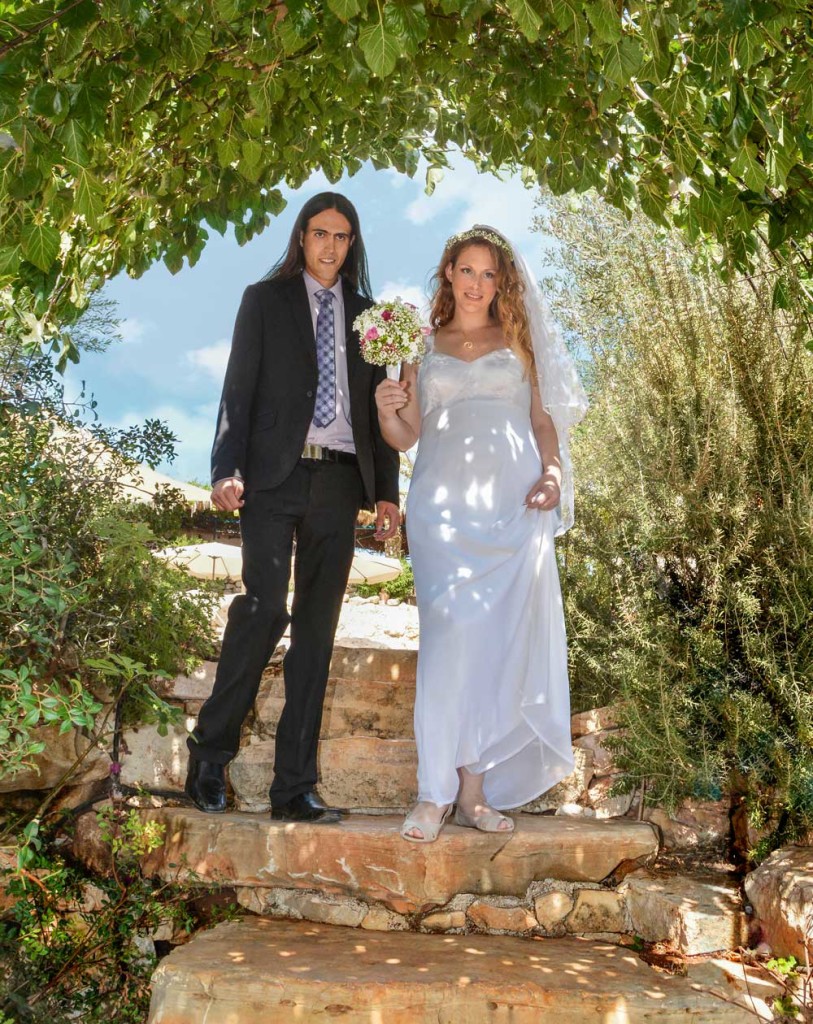
CHOOSING THE RIGHT SOFTWARE
(Updated Feb 2020)
If you are a keen photographer it’s very important that you choose the right software to catalogue and edit your digital photographs.
There’s lots of basic software that you can play about with to improve your pictures, with filters that will give you special effects and make ordinary shots look better than they are. As your photography and creativity develop you’ll outgrow these gimmicks and move on to software that can be used with greater precision, creativity and skill.
If you become serious about photography you will naturally progress to capturing images to the cameras storage card using the Raw file format. Raw files record so much more shadow and highlight detail than simple Jpeg files.
Even if you don’t shoot Raw files right now I would still recommend using one of the Raw file editors mentioned here because most keen photographers will eventually change over to shooting Raw. More about Raw files
Special apps are needed to process Raw files so my advice is to choose software that you won’t outgrow: The best programs have steep learning curves and require plenty of practice to become proficient. You can, however, start using them on a fairly basic level, and go deeper into them as you level of skill improves.
Lightroom
Many enthusiasts and professional photographers use Adobe Lightroom. It can import Raw files from a camera or storage card into folders and keep add them to a catalogue. It’s an excellent Raw file editor giving you wonderful control over the look and quality of your images. A has a catalogue that helps to keep track of all your images whether or not they are held on your computer or archived on an external hard drive.
You can make overall adjustments of each pictures exposure, contrast, shadow and highlight detail, grain and sharpness, etc, and also make local adjustments over selected areas of the image. For many enthusiasts LR is the only program they need to use. I recommend Julieanne Kost’s LR tutorials which are clear and concise – google “Adobe TV” to find them.
Lightroom is only available by paying a monthly subscription – you can’t buy and own it. It can be used with PC and Mac.
Capture One
Capture One is an excellent Raw file editor. It has a more professional feel to its interface and less of the “wow” features that are continuously added to Lightroom. It’s meant for photographers who need more refined control over their images. Edits can be made using layers in a similar way to Photoshop and suits my way of working more than Lightroom.
It can be also be used to catalog images whether they are stored on the computer or on an external hard drive.

Straight out of the camera this image is too flat and dark…

It took just a few adjustments in Capture One to prepare this image for the client.
Phase One have excellent video tutorials for their Capture One software, view them here. It’s expensive to buy and own, but is also available by monthly subscription. It can be used with PC and Mac.
It takes a lot of practice to begin to feel comfortable with either Lightroom or Capture One – which is why my advice to enthusiasts is to carefully choose the right software: You can start off using these at a basic level, and won’t outgrow as them as your photography skills develop.
Photoshop
Photoshop is the other main program that I recommend you check out. It’s the industry standard image editor when more complex and creative work is required. It has a steep learning curve but is so much fun to use. There are versions for PC and Mac.
I first processing Raw files in Capture One then edit them in photoshop when more detailed retouching work is needed. I don’t advise trying the cut-down version, Photoshop Elements, as you may outgrow its limited feature set and have to change over to the full version anyway.

This shot could be edited in Lightroom to brighten the figures and darken the steps. Then opened in Photoshop to remove to remove the distractions and add a little interest to the sky, etc.
Adobe keeps stuffing more and more features into Photoshop, but I suggest you don’t waste too much time following the many internet tutorials about these semi-automated “wow” features: They can work well on specially selected images but are not so useful in the real world.

The finished picture. After opening in Photoshop all of the editing was done in the Layers Pallet using layers, layer masks, blending modes, the clone stamp and the healing brush tools.
To really harness the incredible power of Photoshop you have to study the Layers Palette: Learn how to use Layers, Layer Masks, Clipping Masks, Adjustment Layers (especially Curves and Hue/Saturation) and check out the basic blending modes.
The Clone Stamp, Healing Brush and Quick Selection tools are two of the most powerful tools to master: It’s important to use these with a digital, pressure-sensitive brush, such as the inexpensive small Wacom Intuos pen tablets. Whichever one you choose make sure to that it says suitable for photo editing.
Photoshop is stuffed with an amazing assortment of special brushes that are great for illustrations and graphic design, but for all of my professional photo retouching work I just one simple circular brush and constantly alter its size, hardness, and pressure sensitivity as I work on my own and my clients pictures.
Unfortunately I haven’t found any set of Internet tutorials that I can recommend to learn the basics of Photoshop. There are too many YouTube videos of people eager to show you the most ridiculously sophisticated ways to do simple image adjustments, or demonstrate “wow” techniques that work on specially selected images but are not too useful for the majority of your photographs.
AffinityPhoto and Luminar
After Adobe changed over to subscription only software many photographers started looking for alternatives to Lightroom and Photoshop that they could buy and own. Two of the best alternatives are Affinity Photo and Luminar. Both are much cheaper and can be used with PC and Mac.
Affinity Photo is a Raw file editor that is also an alternative to Photoshop. It’s probably the best budget software if you want to progress to shooting Raw and also retouching your images. Affinity is similar in may ways to Photoshop, so should you ever need to progress to Photoshop, the transition will be fairly straightforward.
Luminar works in a different way to Photoshop and has many features that are similar in character to photo editing apps on tablets and smartphones. It can also be used to catalogue and keep track of your pictures. At the moment Affinity Photo lacks a catalogue facility.
For general photographic use either is a good choice.
The learning curve
You might find that Lightroom or Capture One will have most of the features you will ever need. For more complex work Photoshop cannot be ignored as it is the ultimate professional tool for complex creative editing, and is so much fun to use. However Affinity Photo and Luminar are worth checking out if you don’t need the vast capabilities built into Photoshop.
The only way to choose the right software is first to try them out. You can download free trials of all that I’ve mentioned except for Luminar. There are many other alternative programs than these, but whatever software you choose, my advice is to make sure it has all the features you might need to use in the future. Otherwise you’ll be starting the learning curve all over again instead of getting on with what’s really important – taking good photographs.


